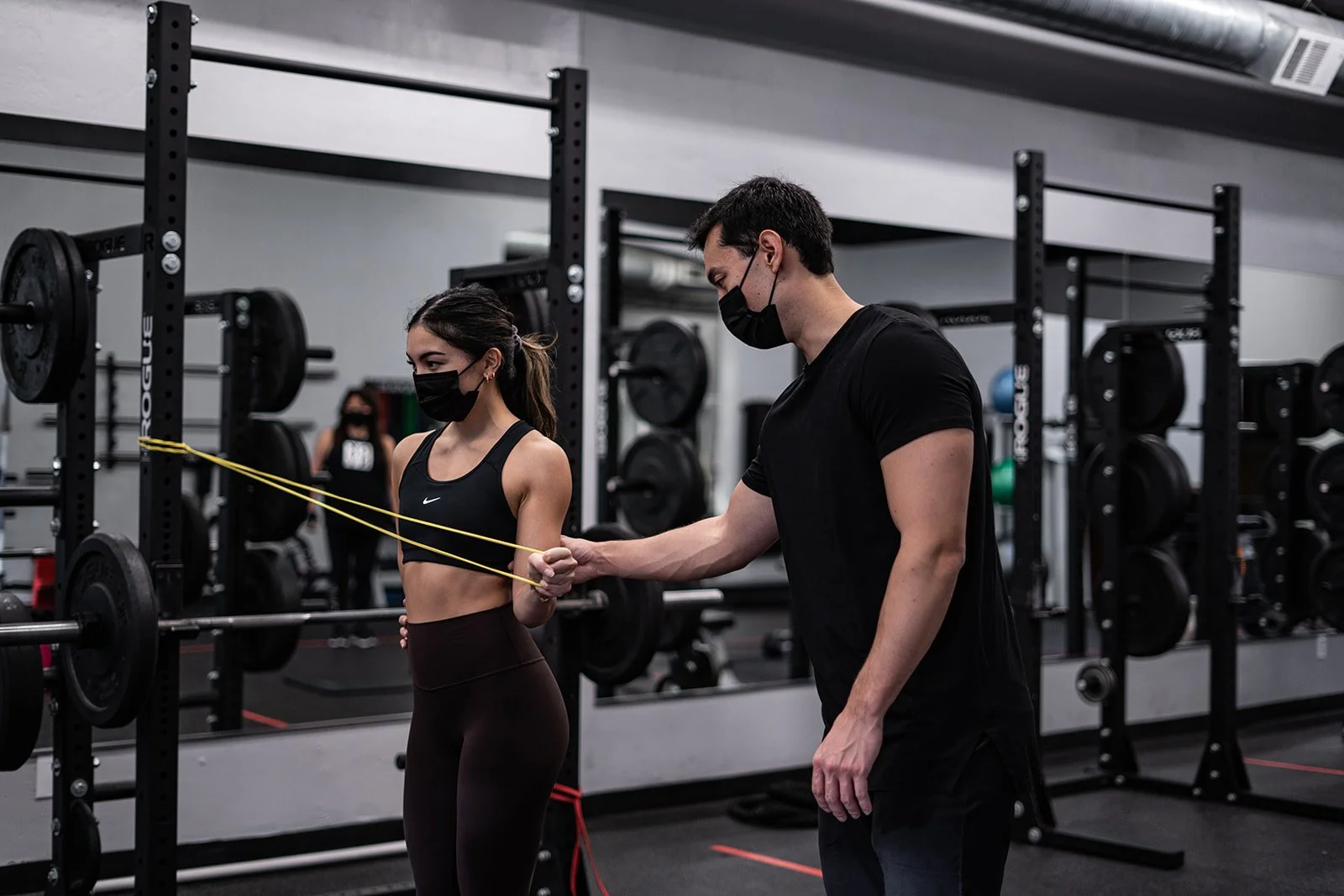
The PKW Method
Don’t Leave Your Results to Chance
We will work as a team to achieve health and wellness via progressive overload, proper nutrition, and aerobic conditioning.
Progressive overload is achieved through consistently challenging your muscular and cardiovascular systems week after week. Progressive overload is a cornerstone in the PKW method because it is required to make gains to your muscular size, strength, and endurance. Methods of progressive overload include adding more resistance, increasing range of motion (ROM), manipulating lifting tempo, increasing work volume and frequency, or decreasing rest periods between sets.
Proper nutrition enables you to perform to the best of your ability by providing your body the fuel and nutrients required to improve body composition, fat metabolism, muscular regeneration and promote healthy organs and hormone levels.
Aerobic conditioning refers to any physical activity that involves continuous and sustained movement that increases heart rate and breathing. Regular aerobic exercise can improve cardiovascular health, increase endurance, and boost mental health, leading to improved overall fitness and wellness. We can maximize the efficiency of your aerobic system via training it in specialized and structured periods of work and rest. Through proper programming I will regulate the intensity and duration of rest/work intervals to your specific needs and level of fitness.
Training is Not One-Size-Fits-All
Everyone is different, therefore, each program is carefully constructed to tackle your goals safely and efficiently. Each program we design takes into account your specific fitness goal, anatomical structure, and past or current injuries. Aside from proper nutrition, individualized program design is crucial to achieving optimum, life-changing results. As your abilities and physique begin to change, so will the programming. Exercise variation is great, but too much variation can be detrimental and hinder the rate of neuromuscular adaptations. To combat this, PKW programs are written in 4-6 week blocks to give your body time to adapt and improve on each of the 7 fundamental movement patterns discussed below. Once each training block is complete, new movement patterns will be introduced, which forces the body to adapt to a different training stimulus and develop new neuromuscular adaptations.
Each PKW program consists of the 7 main movement patterns healthy humans should perform on a weekly basis - Push, Pull, Squat, Lunge, Hinge, Carry and Rotation.
Push - Horizontal or Vertical push movements that rely on chest, shoulder, and tricep strength, and requires thoracic spine + shoulder joint mobility
Pull - Horizontal or Vertical pulling movements that rely on the complex back and bicep musculature that also provide stability to the upper body during pushing movements
Squat - a bilateral movement pattern that utilizes the quads, hamstrings, hip adductors + abductors, calves and requires stability of the torso, hip, knee, ankle and foot
Lunge - A Unilateral movement pattern of the lower body that requires balance, coordination and proprioception (body awareness).
Hinge - Movements that require hinging at the hip, essential for building a strong and resilient lower back. Hinge movements strengthen the hamstrings, glutes, and lower back.
Carry - Moving your body through space, usually loaded with weights and requires stability, core strength, balance, and coordination.
Rotation - utilizing your core and back muscles to rotate your torso to create tension and force.
These fundamental movement patterns will challenge you, but ultimately build resiliency to injuries, increase muscular, tendon, and joint strength, flexibility, stability, metabolic efficiency, improve body composition, bone density, and combat stress, anxiety, and depression.






